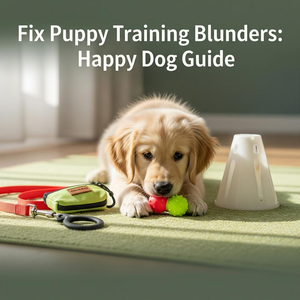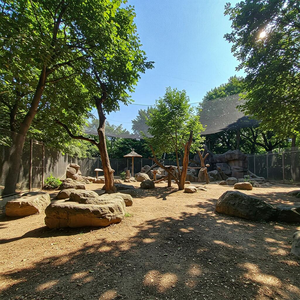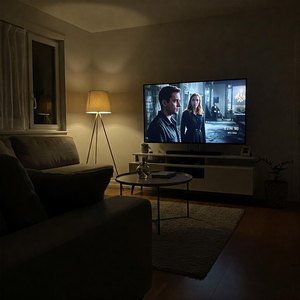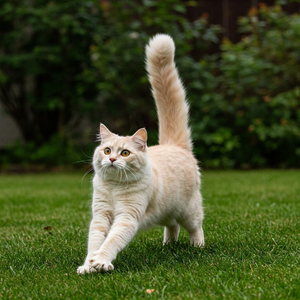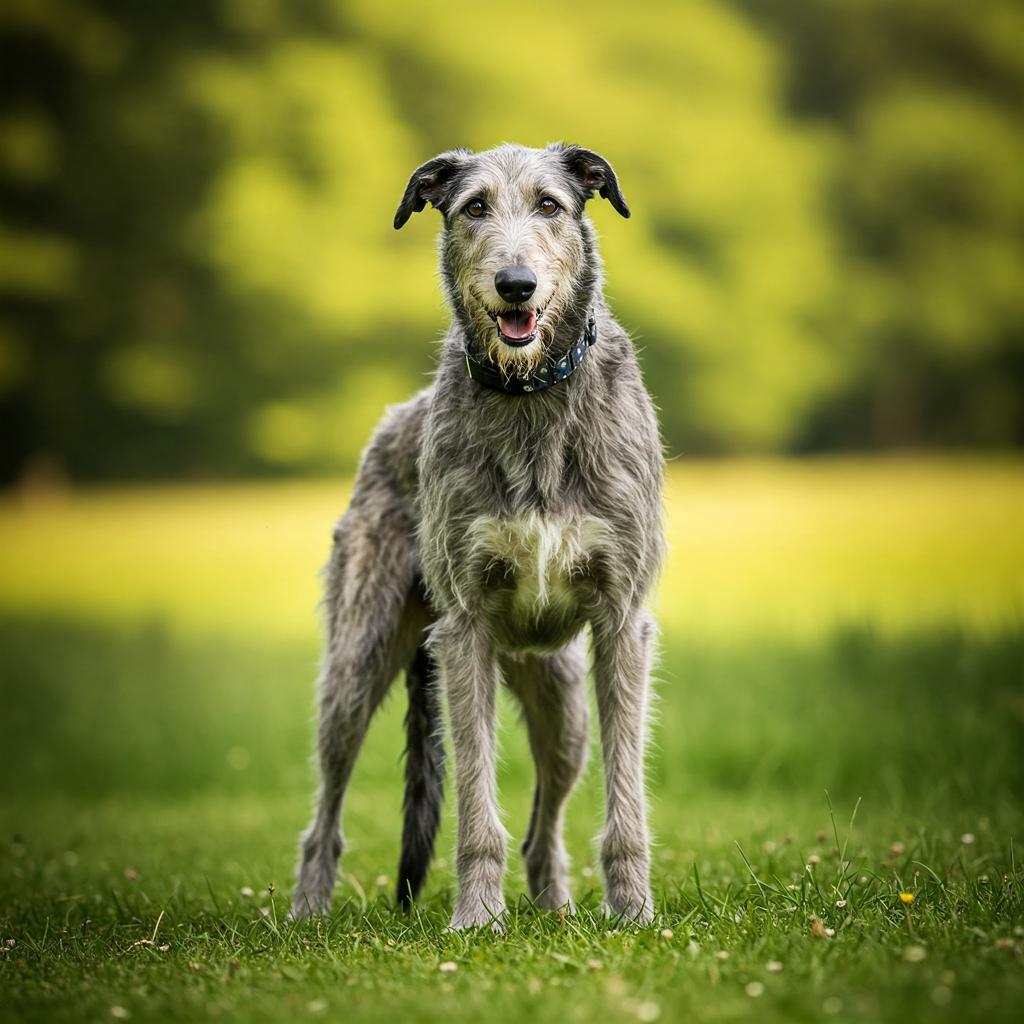
Key Traits and Temperament of the Deerhound Breed
The origins of the deerhound dog breed is Scottish. And in Scotland it is thought to have arrived there like all greyhounds, starting from the central Asian plains, following Indo-European migratory flows. This dog is also called the Scottish Greyhound because of its build - tall, long and elegant. This breed is thought to be very old, even dating back to the first century A.D., and in any case it has been ascertained that the Scottish people practised deer and fallow deer hunting using large, rough-coated dogs.
In ancient Scotland these dogs were the exclusive property of the nobility, and they were capable of spotting and directly pursuing deer or fallow deer, which they even managed to kill. Consequently, we can imagine how the deerhounds were capable of considerable aggression in order to carry out their work to the best of their ability, an aggression that was diluted in later centuries when the breed gave way to firearms used for deer hunting.
This breed suffered a drastic contraction in Scotland when in the second half of the 18th century, after the Battle of Culloden in 1745, the clan system and the old Scottish nobility collapsed. Fortunately, the intervention of Duncan McNeill, Baron of Colonsay, was able to ensure the full survival of the breed.
Its name deer in English means fallow deer, precisely because this dog was mainly used for hunting fallow deer. It is not clear where its rough coat comes from. It is thought that one of its ancestors may be the Rampur greyhound, which in fact has a semi-long, rough coat.
A curiosity about this breed is that today it is almost unknown in Great Britain and even in Scotland and Ireland, while it is bred in Australia for kangaroo and wild boar hunting and in North America where it is used for wolf and coyote hunting. Breeding farms can also be found in Denmark and Sweden. Today it is still used as a hunting dog, but also as a companion dog, although it needs space due to its size, a lot of exercise and very early training in obedience.
Character of the deerhound dog breed
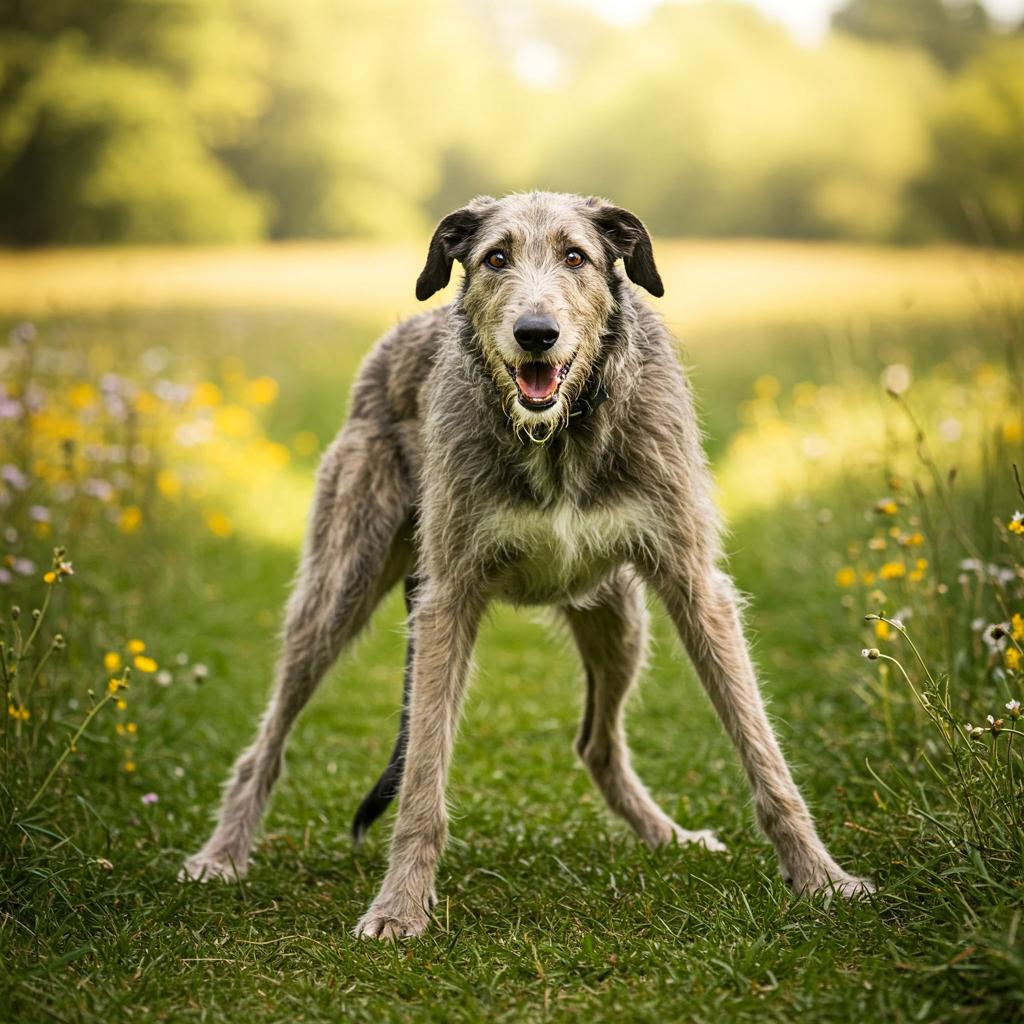
It is not suitable as a guard dog as this breed barks very little. It is a very lively dog that needs exercise and to let off steam, especially running in open and possibly green spaces. It is not suitable for a flat, both because of its size, as a large dog, and its temperament. The ideal is a house in the country with a large garden, where he can spend many hours a day, as he is not at all affected by adverse weather conditions. He still likes to laze around with his owner on the couch and be part of the family's daily activities.
The deerhound is able to perceive his master's moods and it is good to expect a friendly and loyal relationship from him, rather than an attitude of subservience. It is therefore not suitable for inexperienced people because this dog must be trained very early in obedience because it is rather stubborn, although much less so than its greyhound cousins. If taken in the right way it is quite obedient because it tends to please its master. It is important that he is neither suspicious nor aggressive. It has elegant and composed manners.
Appearance of the deerhound dog breed

It has a perfect physique, its body is harmonious and well-proportioned, it is fast, powerful and resistant. Very suitable for dog shows where it can be admired in all its elegance and dignity. It is one of the most beautiful greyhounds. The limbs are very long, powerful and muscular, the tail is long, attached very low and descends almost to the ground. It is covered with hair, thick and hard.
The head is wide between the ears but then narrows slightly to the eyes, the skull is flat. The head is covered with rather long and very soft fur, and it is also the softest point to stroke, and in light-haired specimens the muzzle is often black, sharp, with beard and moustache. The deerhound's truffle is distinctive, still black but slightly aquiline, the ears are small, covered with soft fur, and tend to straighten when the dog is excited. The eyes are generally dark brown or hazel, with a very sweet look.
The coat of the Scottish deerhound is very distinctive. The whole body, including the limbs and neck, is covered with a coat several centimetres long, very rough and hard, so much so that it is also called wire, and was intended to protect the dog when hunting over rough terrain in the Scottish Highlands.
Only the head, belly and chest are usually quite soft. Climate has a great influence on coat texture. The colours range from light grey to dark blue grey, sandy red, fawn and can be tigerish. Specimens with a black mask on the muzzle, ears and tail ends are also found.
Health and care of the deerhound dog breed
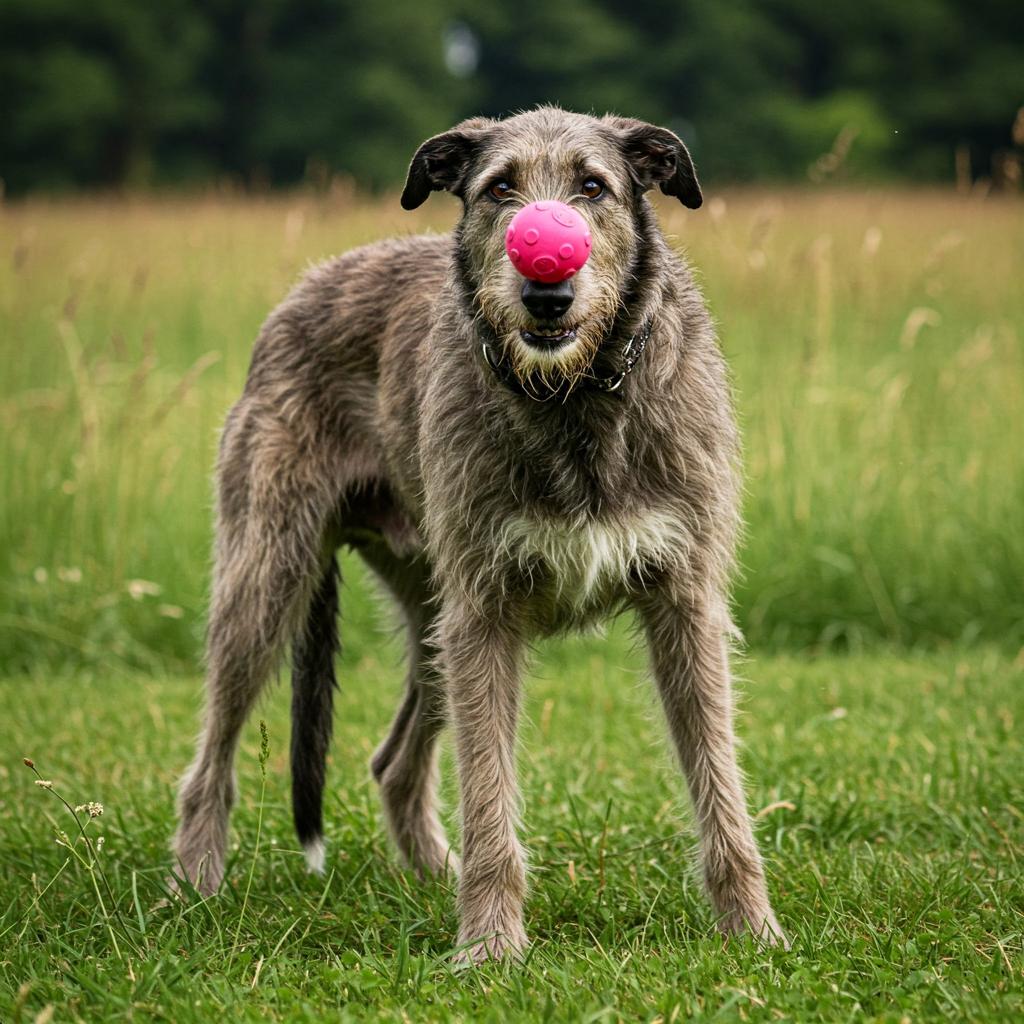
It grows very quickly, so the supply of calcium and phosphorus to the body is important. It has a life expectancy of 9 to 12 years. It tolerates the cold very well, although it is good to stay indoors at night, whereas excessive heat rather bothers it.
As a large dog, it needs a different balance of nutrients including minerals and vitamins than smaller dogs. As far as nutrition is concerned, it must be controlled and balanced, as he tends to eat more than necessary. Smaller, more frequent meals are recommended to avoid stomach twisting problems.
As for the care of the coat, this must be brushed at least two or three times a week to avoid knots and the coat may need to be trimmed by hand once or twice a year depending on its condition. It should be bathed a couple of times a year or when it is particularly dirty.






